As skin matures, it doesn’t just change on the surface—it transforms on a cellular level. Over time, the skin’s natural regenerative processes begin to slow. Collagen and elastin production decline, the lipid barrier becomes less efficient, and hydration levels drop. The result? Skin becomes thinner, drier, less resilient, and more prone to developing fine lines, wrinkles, sagging, and uneven texture.
Environmental exposure—like UV radiation, pollution, and harsh skincare—can accelerate these effects, creating what is commonly referred to as extrinsic aging. Meanwhile, intrinsic aging, driven by genetics and hormonal shifts (especially post-menopause), further compounds the process by altering skin thickness, microcirculation, and overall structure.
But here’s the good news: the right skincare ingredients can make a visible and measurable difference. With the help of targeted actives, nourishing plant compounds, and gentle delivery systems, modern formulations can restore moisture, enhance firmness, and improve radiance—without being overly aggressive or compromising the skin’s barrier.
For formulators and DIY skincare makers alike, this presents both a challenge and an opportunity: to craft effective, supportive products that respect the unique physiology of mature skin while delivering results that users can feel and see.
In this guide, we’ll break down:
-
The biological reasons behind mature skin changes
-
The most effective natural and clinical ingredients for aging skin
-
Formulation strategies to maximize absorption, barrier support, and results
-
Tips for creating age-inclusive products that work across skin tones and types
Whether you’re building a nourishing facial oil, a firming serum, or a regenerative night cream, these insights will help you create formulas that don’t just mask aging—they work with the skin to restore vitality, resilience, and glow.
Understanding Mature Skin
Mature skin is not defined by a single milestone birthday—it’s a gradual transition influenced by a blend of intrinsic aging (natural biological processes) and extrinsic factors (like UV exposure, diet, and stress). While most people begin noticing visible changes around age 40, the early signs of skin aging can start as early as the late 20s or early 30s, depending on genetics and environmental exposures.
As skin matures, multiple physiological changes unfold simultaneously:
Loss of Elasticity and Firmness
One of the most noticeable signs of aging is sagging skin. This occurs as collagen (which provides structure) and elastin (which provides stretch) decline in both quantity and quality. The fibroblasts responsible for producing these proteins slow down, and the existing collagen fibers become fragmented or cross-linked, leading to wrinkles, folds, and loss of definition around the jawline and eyes.
Chronic Dryness and Dehydration
With age, the skin’s ability to produce sebum (natural oils) diminishes. Combined with a weakened lipid barrier and a decrease in Natural Moisturizing Factors (NMFs), this leads to increased transepidermal water loss (TEWL) and a tight, flaky, or crepey texture. Hydration isn’t just about applying water-based products—it’s about helping the skin retain and regulate moisture effectively.
Thinning Skin and Decreased Resilience
The dermis and epidermis both become thinner, making mature skin more fragile and sensitive. Blood flow is also reduced, which means the skin heals more slowly and receives less oxygen and nutrients. As a result, the skin becomes more prone to redness, irritation, and visible capillaries, especially around the nose and cheeks.
Uneven Skin Tone, Hyperpigmentation, and Dullness
Years of sun exposure add up—leading to sunspots, melasma, and blotchy discoloration. This is due to an uneven distribution of melanin and the slowing of the skin’s natural desquamation (shedding) cycle, which causes dead skin cells to linger on the surface, making the skin appear dull and tired.
Compromised Barrier Function
As lipid production decreases, so does the integrity of the skin’s outermost layer—the stratum corneum. This results in a compromised skin barrier that is more susceptible to environmental stressors, irritants, and allergens. A weak barrier exacerbates many aging symptoms, including dryness, sensitivity, and inflammation.
Top Ingredients for Formulating for Mature Skin
When formulating for mature skin, ingredient synergy is key, combining humectants, emollients, antioxidants, and actives that work together to restore balance, firmness, and radiance. Below are the most effective ingredients for supporting aging skin, along with usage tips and pairing ideas.
1. Hyaluronic Acid (Sodium Hyaluronate)
What it does: A powerful humectant that attracts and binds water to the skin.
Why it’s effective: Hyaluronic Acid (HA) can hold up to 1,000 times its weight in water, making it ideal for replenishing moisture, plumping fine lines, and improving suppleness in dehydrated, aging skin.
Best for: Dullness, loss of elasticity, fine lines
Use level: 0.1–2% depending on molecular weight and product type
Pair with: Panthenol (B5), Aloe Vera, Ceramides, and Occlusives for long-lasting hydration.
Pro tip: Use low molecular weight HA (20–300 kDa) for deeper hydration and high molecular weight HA (1,000–1,500 kDa) for surface-level plumping and barrier support.
2. Bakuchiol (CO₂ Extracted)
What it does: A gentle, plant-based alternative to retinol, CO₂ extracted from the Babchi (Psoralea corylifolia) plant.
Why it’s effective: Unlike retinol, Bakuchiol doesn’t cause irritation, dryness, or photosensitivity, making it a gentle yet powerful option for mature or sensitive skin. It improves collagen synthesis, softens fine lines, and enhances skin tone and texture.
Best for: Wrinkles, uneven tone, sensitive mature skin
Use level: 0.5–2%
Pair with: Squalane (as a carrier), Niacinamide, and Vitamin C for a brightening, firming synergy.
Pro tip: Bakuchiol is oil-soluble—perfect for night serums and balms.
3. Niacinamide (Vitamin B3)
What it does: A versatile vitamin that supports barrier health, brightens skin, and improves elasticity.
Why it’s effective: Niacinamide addresses multiple signs of aging simultaneously—it reduces the appearance of fine lines, improves tone and texture, and boosts ceramide production for better moisture retention.
Best for: Uneven tone, texture, redness, and moisture loss
Use level: 2–5%
Pair with: Panthenol (B5), Hyaluronic Acid, Licorice Root Extract
Pro tip: Niacinamide is pH-sensitive; keep your formulation between pH 5.0–6.0 for best results.
4. GHK-Cu, or Copper Tripeptide-1
What it does: A skin-signaling peptide that combines the regenerative properties of the amino acid sequence GHK with copper ions to stimulate skin repair, collagen production, and cellular renewal.
Why it's effective: GHK-Cu (Copper Peptide) is particularly renowned for its ability to stimulate collagen and elastin synthesis, reduce inflammation, and even improve wound healing. Over time, peptides help restore firmness and elasticity—two key concerns in mature skin.
Best for: Sagging skin, fine lines, and loss of resilience
Use level: .3-3% (Typically 1%) depending on the peptide form and formula type
Pair with: Coenzyme Q10, HA, and Ceramides for a complete rejuvenation blend
Pro tip: GHK-Cu is pH-sensitive and best used in formulations between pH 5.0–7.0. Avoid combining with low-pH actives like glycolic acid, as they can destabilize the peptide. For optimal results, use in gentle water-based serums or recovery treatments during evening routines.
5. Coenzyme Q10 (Ubiquinone)
What it does: A naturally occurring antioxidant that protects and energizes skin cells.
Why it’s effective: CoQ10 helps reduce oxidative stress and supports mitochondrial activity in aging cells. This promotes smoother texture, increased firmness, and better defense against environmental aging.
Best for: Sun-damaged skin, loss of energy and tone
Use level: 0.1–1%
Pair with: Vitamin E, Astaxanthin, and Squalane for enhanced antioxidant synergy
Pro tip: Oil-soluble—incorporate into your oil phase during emulsification or in anhydrous formulas like serums and balms.
6. Squalane (Olive-Derived)
What it does: A lightweight, stable emollient that mimics the skin’s natural sebum.
Why it’s effective: Squalane restores suppleness and reinforces the lipid barrier without clogging pores or feeling greasy. It's non-comedogenic, making it perfect for mature skin that is both dry and prone to occasional congestion.
Best for: Barrier support, moisture loss, sensitive aging skin
Use level: 1–10%
Pair with: Bakuchiol, Peptides, CoQ10, Ceramides
Pro tip: Use Squalane as a base in oil serums or emulsions to deliver other actives more efficiently into the skin.
7. Ceramide Complex
What it does: A concentrated blend of skin-identical lipids—ceramides, cholesterol, and free fatty acids—that help restore and reinforce the skin’s natural barrier.
Why it's effective: Ceramides are essential to rebuilding a strong moisture barrier—something that deteriorates with age. Our Ceramide Complex is a skin-identical blend of ceramides, cholesterol, and free fatty acids that mimic natural skin lipids. It improves hydration, resilience, and reduces sensitivity over time.
Best for: Chronic dryness, barrier damage, inflammation
Use level: 0.5–3%
Pair with: Hyaluronic Acid, Panthenol, and Glycerin in rich creams or barrier balms
Pro tip: Heat-sensitive—add during cool-down phase to preserve integrity.
Formulation Tips for Mature Skin Products
Designing effective skincare for mature skin requires more than adding a few anti-aging buzzwords. As the skin ages, it becomes more vulnerable to dryness, inflammation, and barrier breakdown—so successful formulations need to nurture, protect, and gently rejuvenate. These tips help you create well-balanced, effective products that deliver real support for maturing skin.
Prioritize Low Irritation & Skin Compatibility
Mature skin tends to be thinner, drier, and more reactive, which means it’s more prone to irritation from high-potency actives or exfoliants.
-
Avoid excessive concentrations of strong acids (AHAs, BHAs) or retinoids unless you're creating a professional-grade product.
-
Focus on gentler alternatives like Bakuchiol, low-level Niacinamide, or PHAs (Polyhydroxy Acids).
-
Fragrance-free or essential oil–free options are often ideal for ultra-sensitive aging skin.
Pro tip: Always recommend a patch test, especially when using ingredients with active properties.
Balance Water-Based and Oil-Based Moisture
Mature skin often experiences both dehydration (lack of water) and dryness (lack of oil).
-
Formulas should blend humectants (like Hyaluronic Acid, Glycerin, Panthenol) with emollients and occlusives (like Squalane, Shea Butter, Jojoba Oil) to provide multi-layered moisture.
-
Emulsions (oil + water creams) are especially effective, delivering hydration and lipids in one formula.
Tip: Include Ceramides or lipid complexes for long-term barrier support.
Design for Layering and Daily Use
Mature skin thrives with consistent care, which means your products should be easy to layer and comfortable for daily use.
-
Avoid heavy or greasy textures unless specifically intended as overnight masks or balms.
-
Create lightweight serums, silky emulsions, and fast-absorbing oils that complement each other without overwhelming the skin.
-
Consider how your formula plays with sunscreen, makeup, or other daily products.
Formulator insight: Use natural thickeners like Xanthan Gum or Silica for elegant slip without heavy occlusion.
Maintain a Skin-Friendly pH
The skin’s acid mantle naturally sits between 4.5 and 5.5, and maintaining this balance is crucial—especially for older skin that’s slower to recover from barrier disruption.
-
Always test and adjust pH in water-based formulas using citric acid or sodium hydroxide.
-
Avoid formulations that shift outside this range, which can increase redness, dryness, or stinging in mature skin.
-
Keep in mind that Niacinamide and certain peptides perform best within a neutral-to-slightly-acidic range.
Support Barrier Repair & Resilience
As we age, the skin’s natural defense system—its lipid barrier—becomes weaker. This makes it more susceptible to moisture loss, environmental stress, and inflammation.
-
Include ingredients that rebuild the barrier, such as Ceramides, Cholesterol, Fatty Acids, and Urea.
-
Look for multi-functional actives like Peptides, Squalane, and Panthenol, which not only soothe but help restore structure and softness.
-
Use antioxidants like Coenzyme Q10, Vitamin E, and Astaxanthin to reduce oxidative damage and support barrier integrity over time.
Formulation bonus: Consider emulsifiers and preservatives that are mild and skin-barrier safe—like Leucidal®, Geogard, or Olivem 1000.
Formulating for mature skin is about nourishing, not overcorrecting. Products should work with the skin’s biology—offering hydration, protection, and gentle renewal without triggering irritation. By focusing on barrier support, smart moisture layering, and skin-compatible actives, you’ll be creating solutions that meet real needs and encourage long-term skin health.
Hero Ingredient Highlight: Bakuchiol vs. Retinol
Bakuchiol is often called the “plant-based retinol alternative,” but it’s far more than a trendy substitute—it’s a gentle, powerful active in its own right.
Derived from the seeds and leaves of the Psoralea corylifolia plant, Bakuchiol offers comparable benefits to retinol without the harsh side effects that often make traditional retinoids difficult for mature, dry, or sensitive skin.
What makes Bakuchiol stand out?
-
Collagen stimulation: Clinical studies have shown that Bakuchiol encourages collagen and elastin synthesis, helping reduce the appearance of fine lines and wrinkles.
-
Skin tone improvement: Like retinol, it can fade pigmentation and improve overall skin clarity and brightness.
-
Non-irritating: Unlike retinol, Bakuchiol does not cause peeling, dryness, or sun sensitivity, making it safe for daily use—even during the day.
-
Antioxidant & anti-inflammatory: Bakuchiol also has antioxidant properties, supporting barrier repair and calming inflammation—especially important for aging skin prone to reactivity.
Best formulation uses:
-
In night creams to gently renew without disrupting the skin
-
In serums combined with peptides or CoQ10 for enhanced anti-aging effects
-
In day moisturizers, since Bakuchiol is photo-stable and does not increase UV sensitivity
Pro tip: Try pairing Bakuchiol with Niacinamide, Hyaluronic Acid, or Ceramide Complex for a multi-functional, skin-strengthening blend.
🔗 Want a deeper dive? Check out our full feature on The Power of CO₂ Extracted Bakuchiol in Skincare to learn why it’s one of the most advanced botanical actives available today.
Conclusion: Building Smarter Skincare for Aging Skin
Formulating for mature skin isn’t just about chasing the next anti-wrinkle ingredient—it’s about understanding how the skin evolves with time and responding to those changes with care and precision.
As skin matures, it becomes drier, thinner, slower to heal, and more prone to oxidative stress. These changes require skincare that doesn’t simply cover the signs of aging, but supports the skin’s own repair mechanisms, strengthens its defenses, and replenishes what’s been lost.
By incorporating barrier-repairing lipids, hydrating humectants, collagen-boosting actives, and calming botanicals, you can create formulas that nurture mature skin holistically. It’s not just about looking younger—it’s about feeling comfortable, radiant, and resilient in one’s skin at any age.
Final Tip: Simplicity matters. A well-formulated product with a few highly effective, bioavailable ingredients will outperform a complex formula that overwhelms or irritates the skin.
Support aging skin, naturally.
With barrier-boosting ingredients and gentle, effective actives, you can create skincare that truly cares.
👉 Start formulating with Bulk Naturals Wholesale’s collections today.


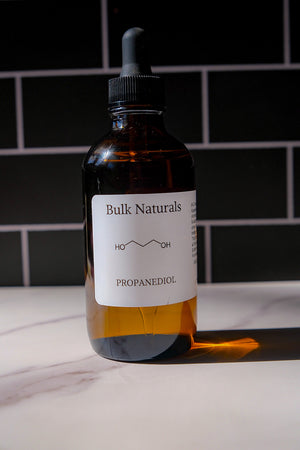
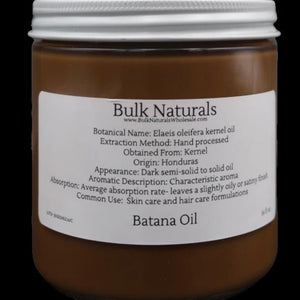
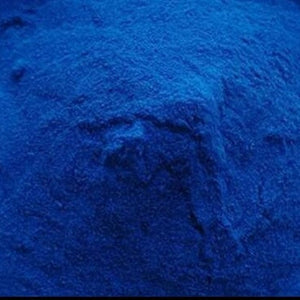
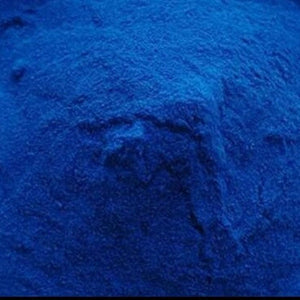
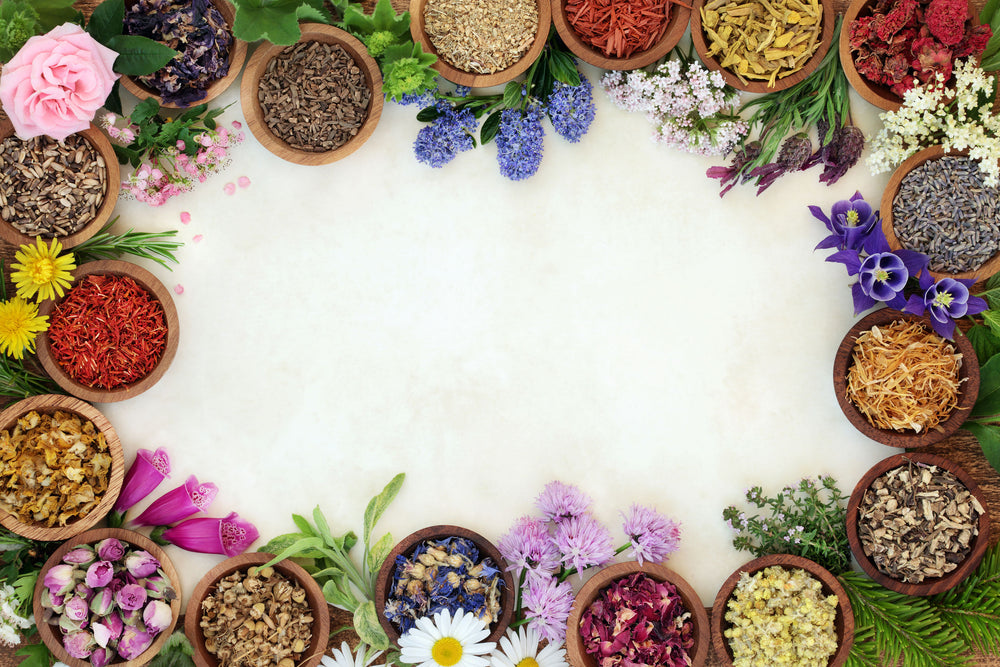
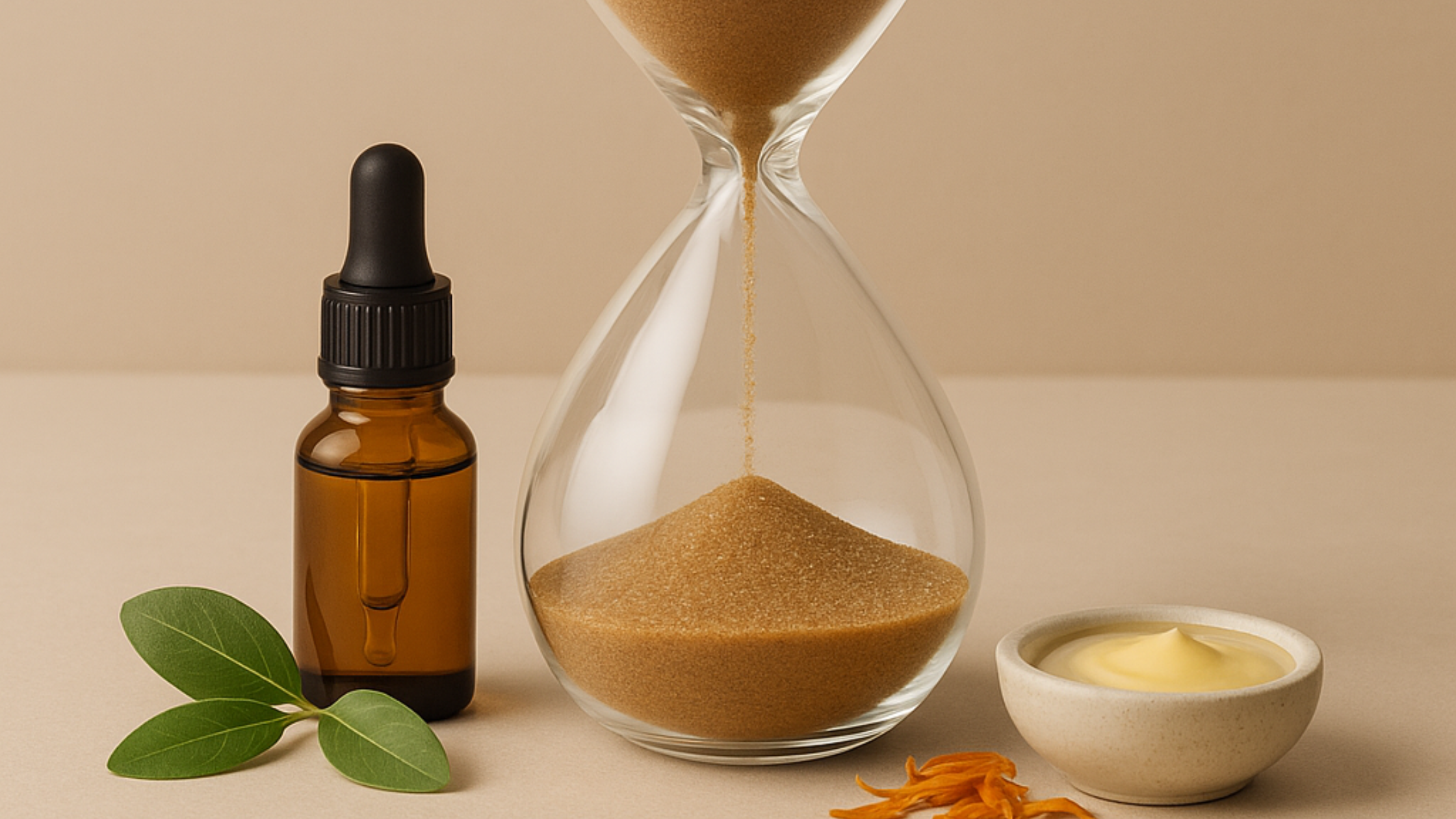
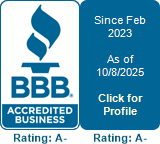
Leave a comment